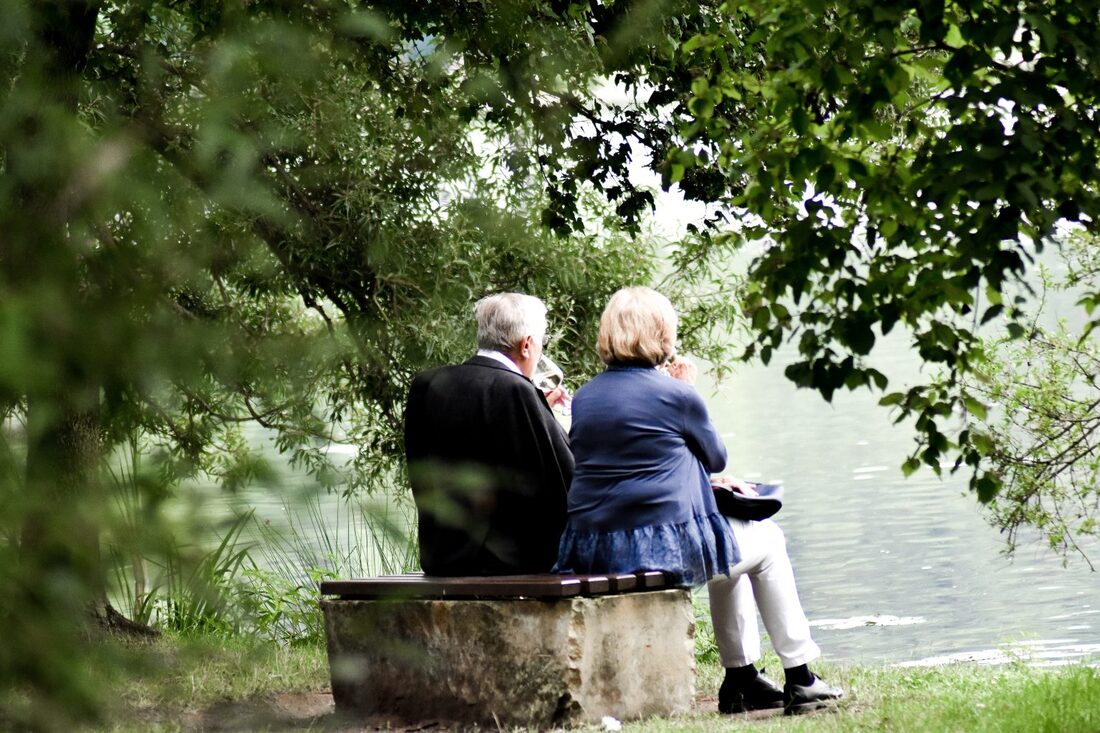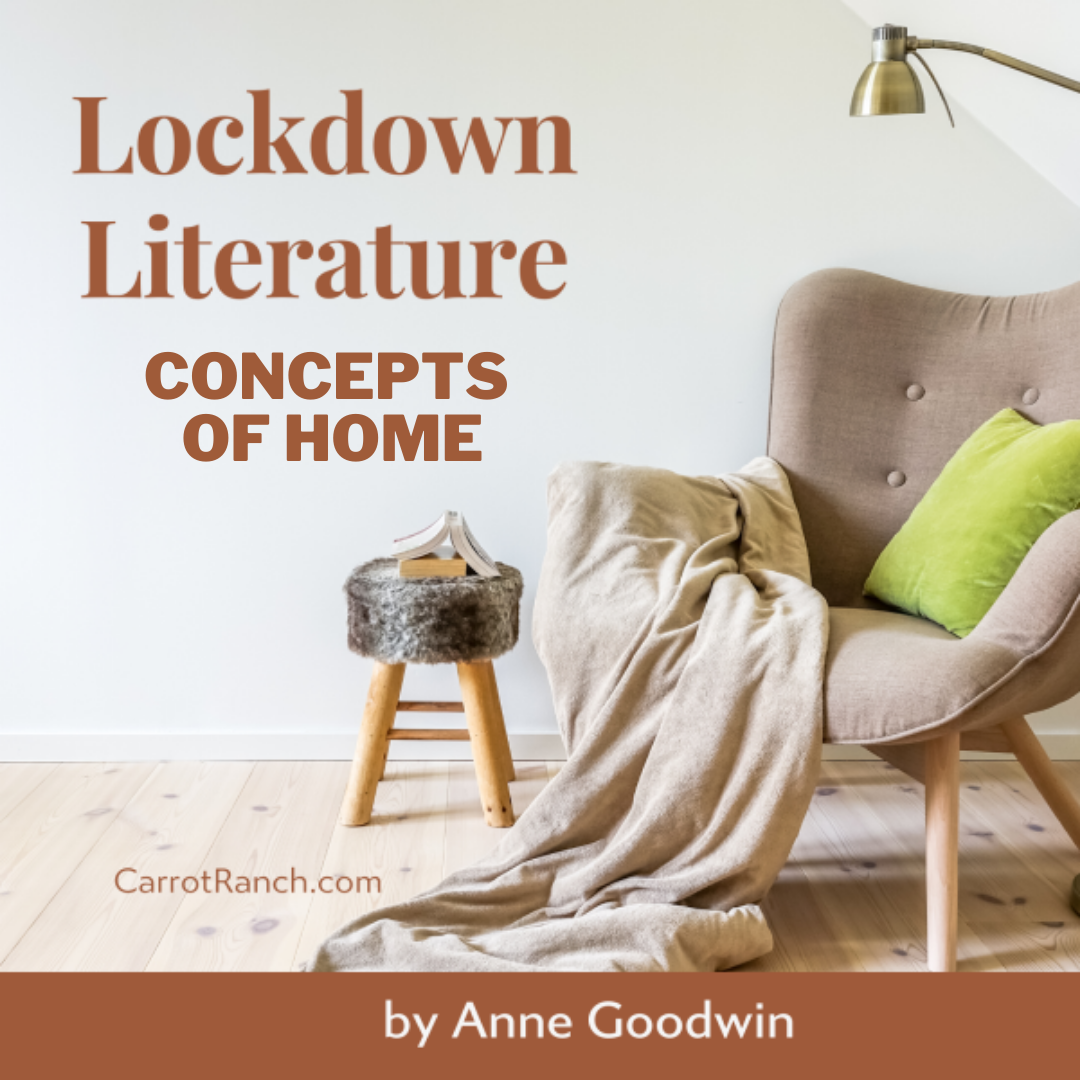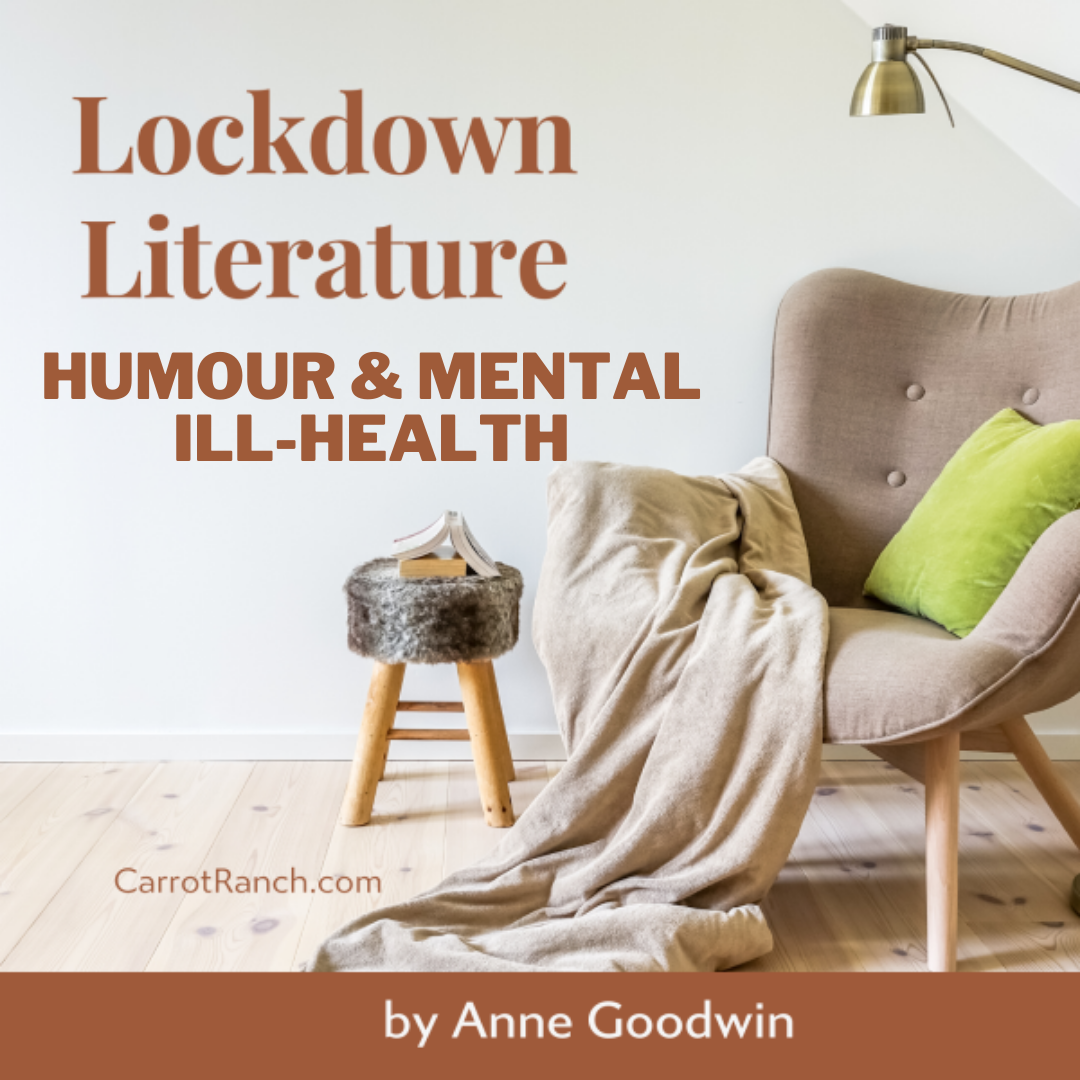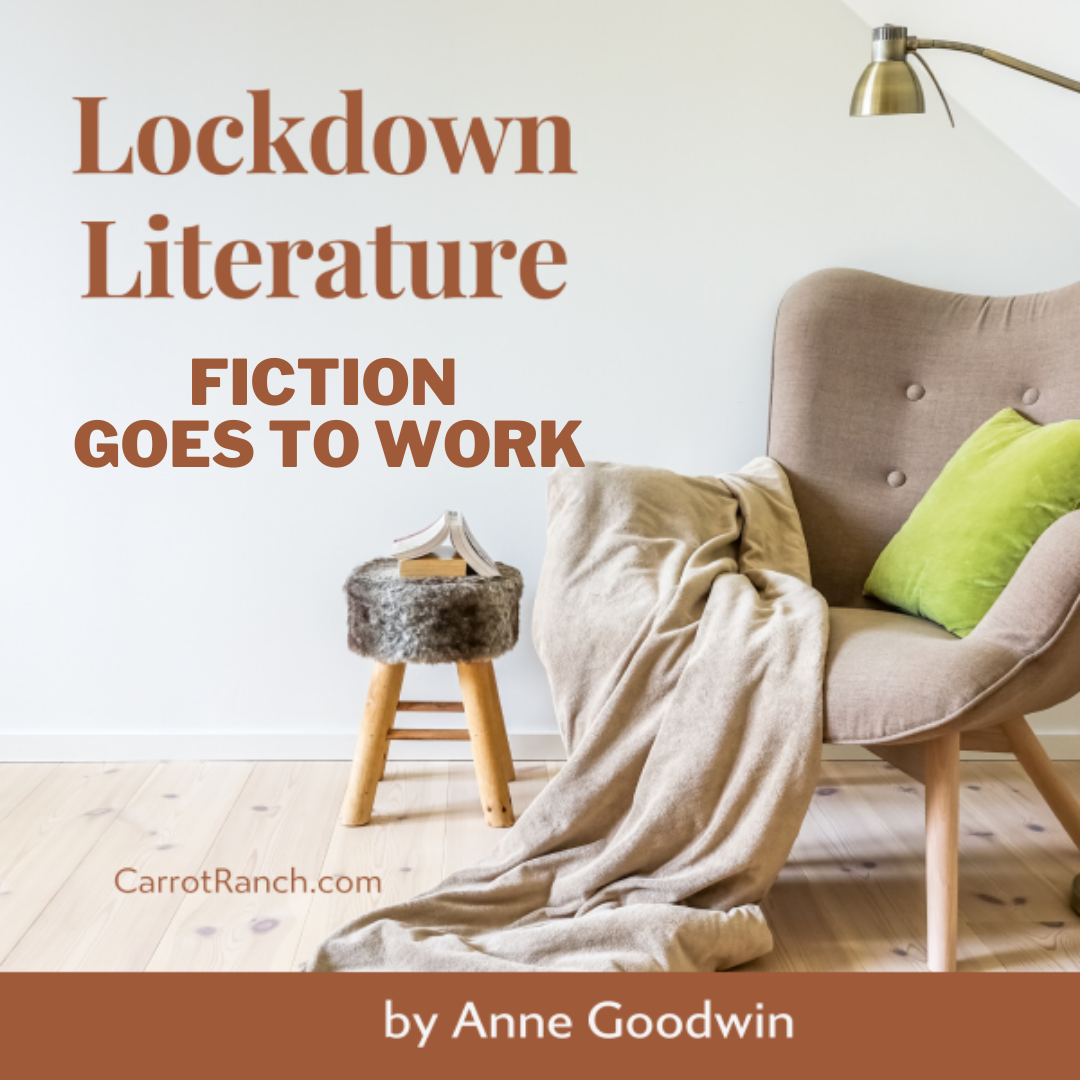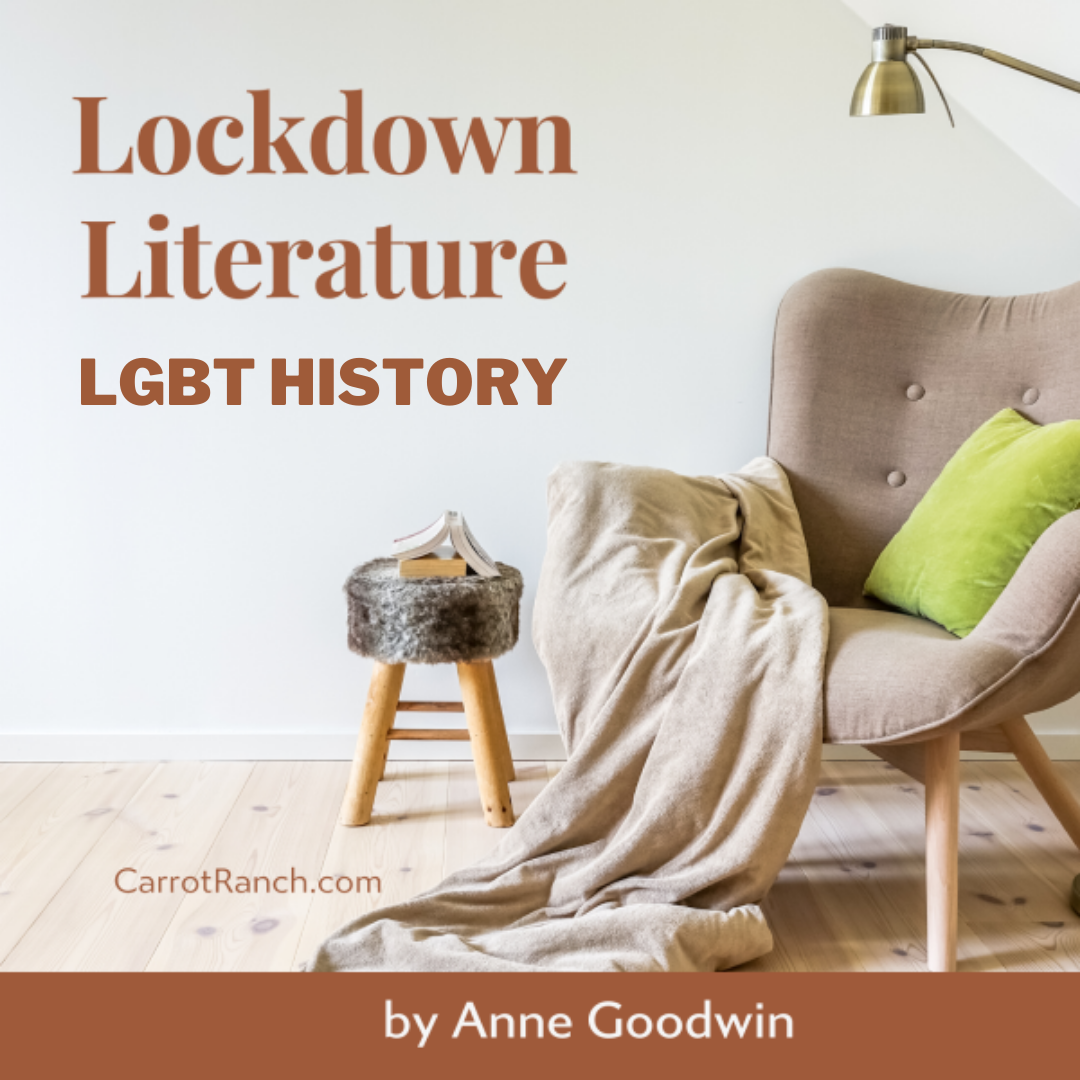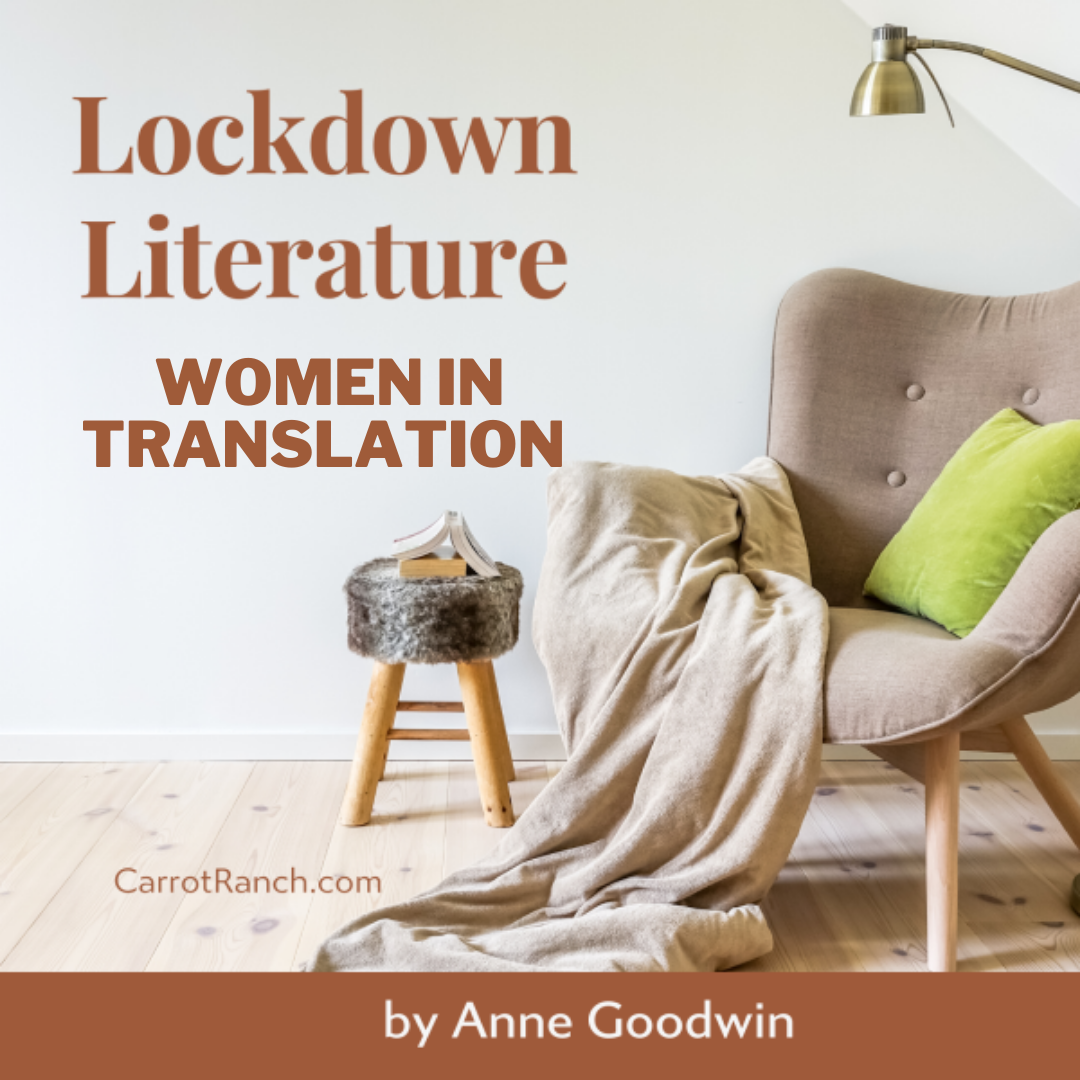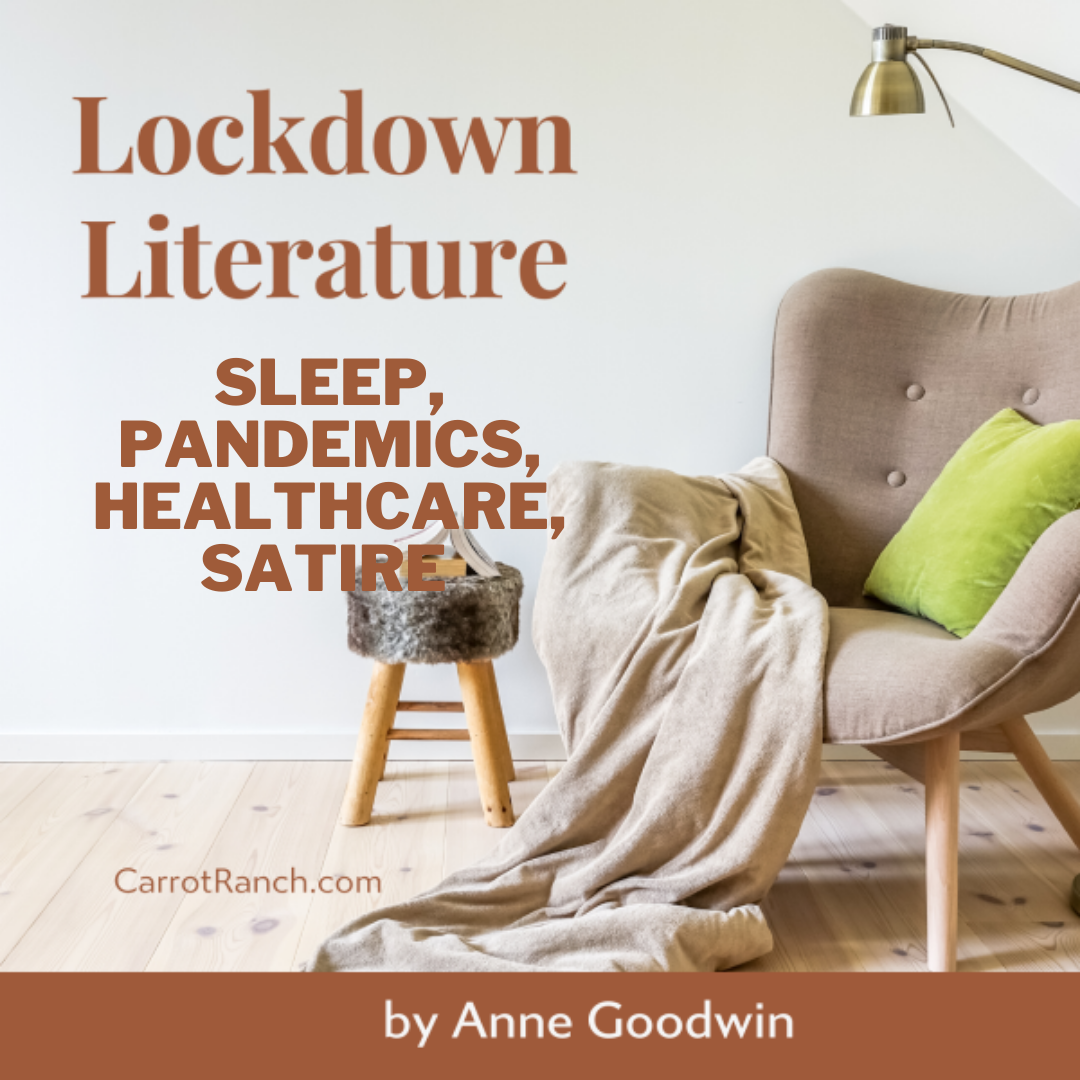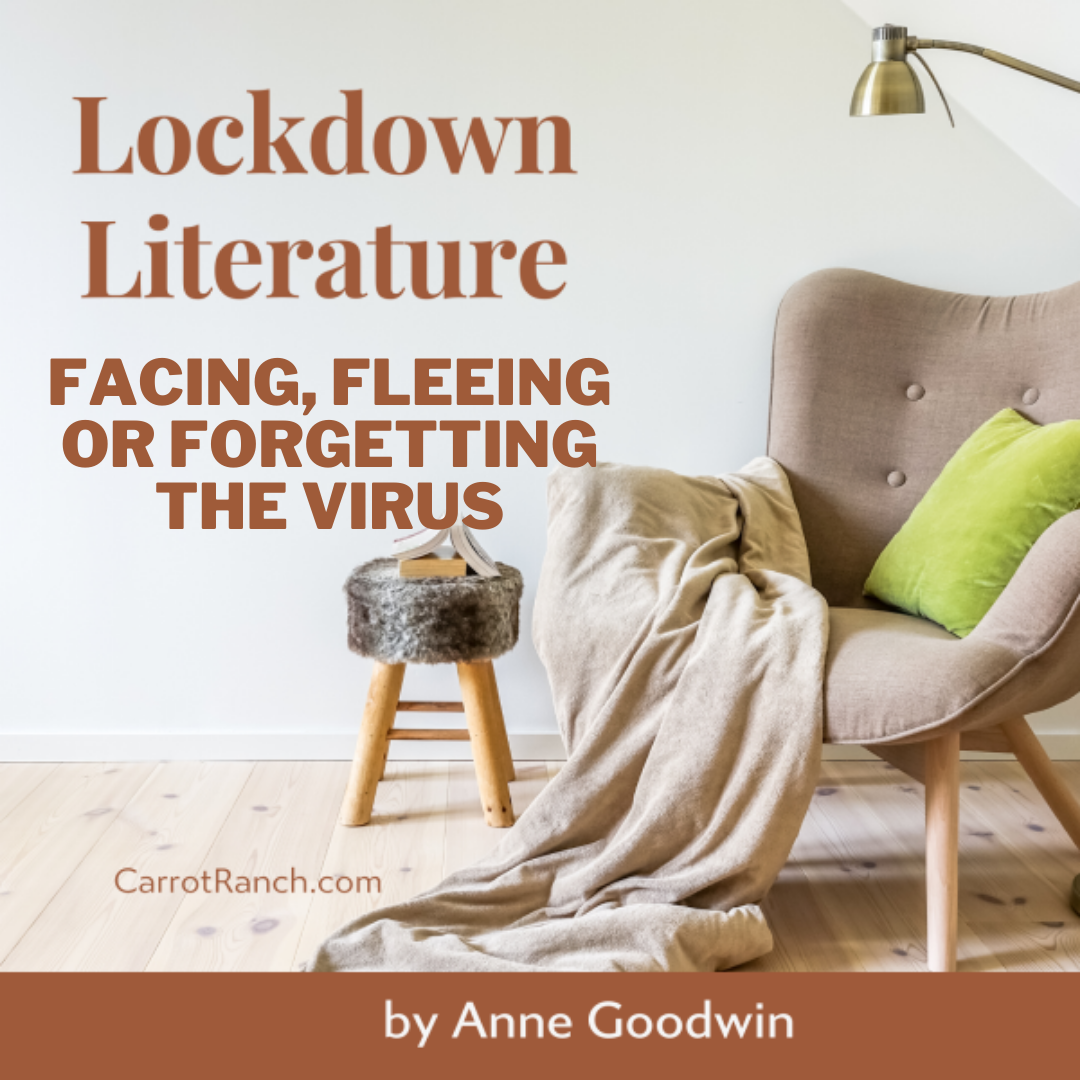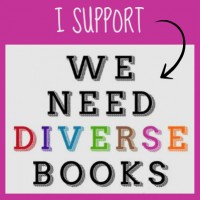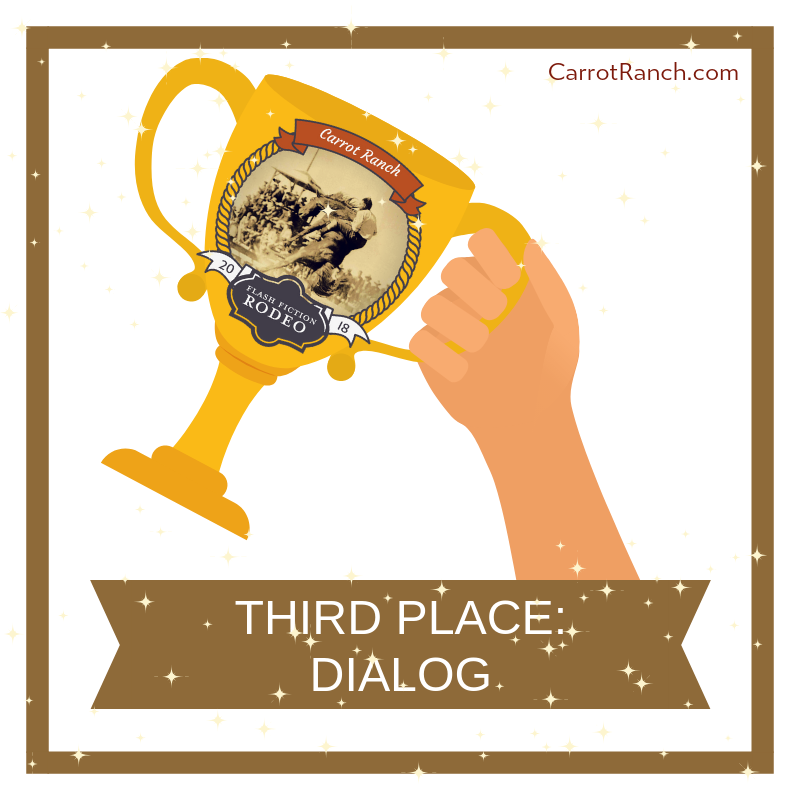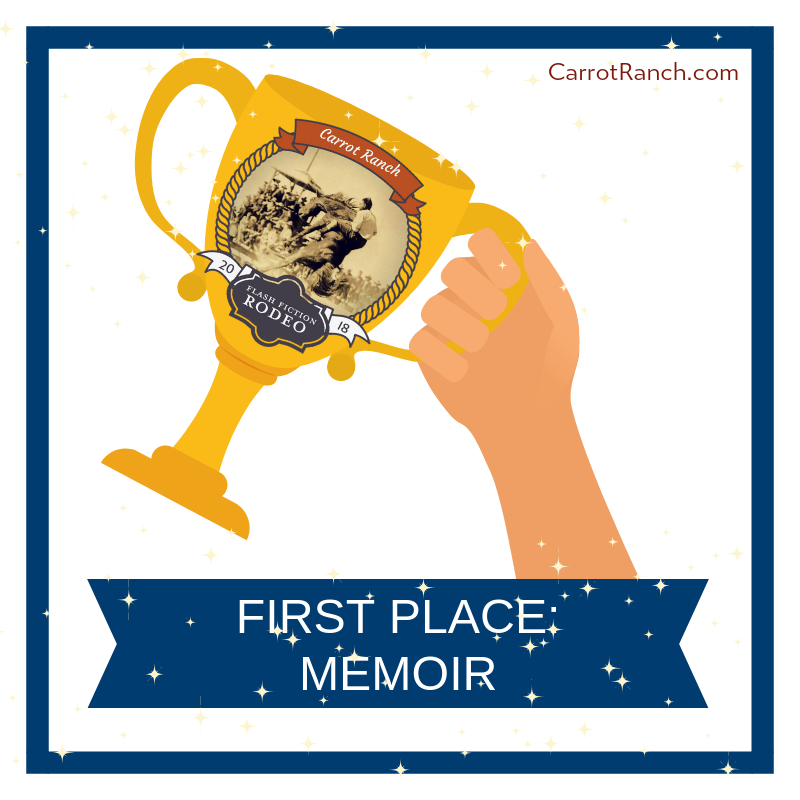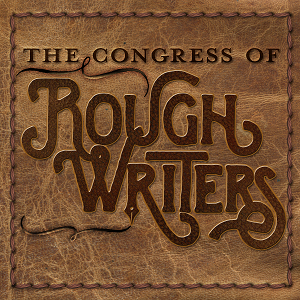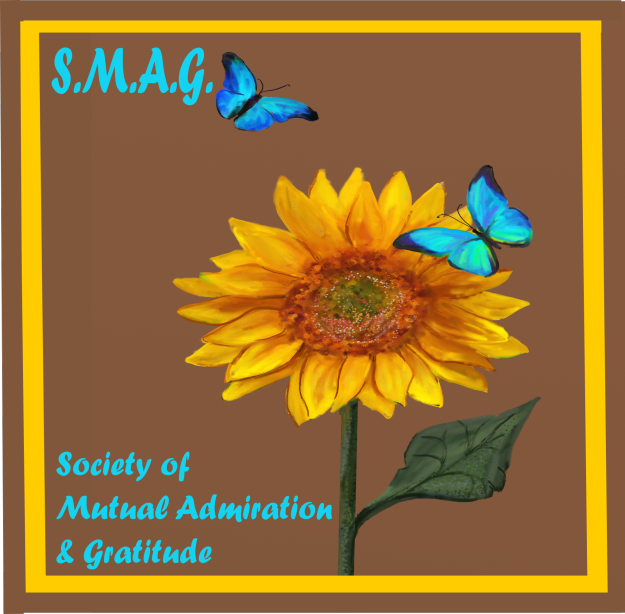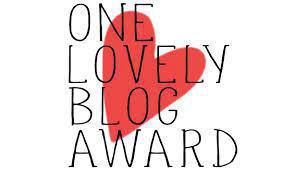Welcome
I started this blog in 2013 to share my reflections on reading, writing and psychology, along with my journey to become a published novelist. I soon graduated to about twenty book reviews a month and a weekly 99-word story. Ten years later, I've transferred my writing / publication updates to my new website but will continue here with occasional reviews and flash fiction pieces, and maybe the odd personal post.
|
Two recent reads set in medieval Europe, where reluctant heroines must confront obstacles both spiritual and tangible to take a chance on happiness with the man they love. The first is set in Britain and the second, two centuries later, in France. Both include St Margaret as a minor character, but I was rooting for the maids on a mission, hoping they’d save their loved ones, and themselves.
2 Comments
Adoption aftermaths: Helen and the Grandbees, Why Be Happy When You Could Be Normal? & Red Dust Road30/10/2020 I suspect I’m drawn to adoption narratives because of the way they can make concrete a vague sense of loss and yearning some of us feel as a result of early maternal neglect. It’s one of the themes of my forthcoming novel, Matilda Windsor Is Coming Home, and its follow-up, 100 Candles, my current WIP. In fact, I read/reread the two memoirs reviewed in this post as research for the latter. The other book is a debut novel offered to me by the publisher.
These two recent reads – the first non-fiction rooted in the UK, the second a novel visiting Australia, the USA and Iraq – involving characters and authors delving into recent and historical government injustice against its colonised peoples. Read, and use your vote accordingly – but of course you already do!
These two recent reads bring touches of humour to the serious extraordinariness of ordinary cohabiting relationships, and the impact on the couple of friendships and obsessions outside the partnership. The first features a thirty-something lesbian twosome in London (with one of the partners making frequent visits to Paris). The second focuses on a heterosexual marriage of some duration, the couple having moved to Bath on retirement.
Just as colours look different to the eye depending on the hues surrounding them, stories read differently according to the arrangement on our mental shelves. When I read it almost two months ago, I didn’t tag the first under the theme of conformity to community mores; when I drafted my review of the second, narrated in a collective voice, the story flipped in my head into one of the conflict between the drive to belong and the fear of being engulfed. Admittedly, this pairing stems also from a niggling guilt at the widening gap between receiving my copy and posting my review. Read on, and let me know whether or not you think they fit.
These two recent reads evoke the cultural climate immediately before the fall of the Berlin Wall in 1989. The first is a zany novel about the political demise of a former Stasi agent. The second is a translation from German set around a family dinner table in dread of the tyrannical father’s return.
When I studied the psychodynamics of organisations, I was encouraged to pay particular attention to how the system responds to a new arrival. Likewise in fiction, the introduction of an outsider is a useful strategy for delving under the skin of a community, especially one in crisis. In both these recent reads, the outsider is a teenage girl, bereft of family, who is smoothly absorbed into the existing structures and, to a small degree, starts to change them. In the first, a translated novella, set in Austria at the end of the Second World War, she is the main point-of-view character. In the second, a debut novel with a contemporary South African setting, she is one of several somewhat shadowy characters. But both books are more about historical and geographical place than person. See what you think.
I recently read very different two novels with a supernatural element and a forest setting where nature cannot be ignored. The first is a meditation on our collective fragility involving a fantastic – in the literal sense – bird. The second is a psychological suspense story about a family and community haunted by a young mother’s disappearance a decade before.
I recently read two novels set in England almost a century apart about young women returning to their parents after their marriages break down. Unfortunately for both of them, their childhood homes are stepping stones to something more terrifying than the confidence lost from relationship failures: in the first, Grace spends months on the streets; in the second, Clara is confined to a dismal mental institution.
These two novels about female friends from two different cultures and at different stages of their lives expose the power imbalance between even privileged and highly educated women and the men in their lives. The first is a thoughtful novel about middle-aged women in London; the second a lighter story about young adults in Saudi Arabia.
Realising I needed a stronger reason for pairing these recent reads than the alliterative letter L, I nevertheless feel shabby to have linked them through the childminder role. Okay, the nanny is the protagonist of the first, although she remains a shadowy figure, but only one of many characters in the second where it’s as a mother, rather than as a parent substitute, that she advances the story. But, as was noted at the Zoom meeting of my book group discussion of Lullaby, nannies are as invisible in literature as they are in life. Rather belatedly, I also see that they’re both about fault-lines: the first metaphorically, the second geologically.
I’ve recently read two historical novels about morality with surprising echoes of our current pandemic. The first is a fun story set in 17th-century London about a young woman concerned about losing the respect of her relatives when she turns to prostitution after becoming homeless during the Great Plague. The second is set in a copper mining community in 1850s South Africa, where lives are lost because the owners put profit before people.
If you’re reading through the lockdown, or listening to more music, you might be interested in these two books featuring dual narratives connected via an “instrument” of the arts. The second is a translated novella set in and around a real-life bookshop and publishing house; the first is about heartbreak compounded by the fear of letting go from a publisher who mostly does translations.
I’ve recently read two alternative histories about what we do with the darker or unwanted parts of ourselves: how we reveal them to, or hide them from, ourselves and others; how societies develop rituals to manage the exposure and cleansing; how power effects what’s allowed. If that sounds overly intellectual, don’t worry; both of these have story at the heart.
It is a truth universally acknowledged that a mother in fear of penury will sacrifice a daughter in marriage to a man she does not love. Jane Austen famously satirised such mothers two centuries ago; Janice Hadlow’s debut novel gives Mrs Bennet’s unloved middle daughter Mary a makeover in similar style. Angie Cruz, while perhaps not intentionally channelling Pride and Prejudice, draws on the painful mother-daughter dynamic in her Women’s Prize longlisted novel about 1960s migration to New York from the Dominican Republic.
My two most recent reads are of novels that map cultural changes within two very different communities. The first is set in rural Ireland during the BSE crisis at the end of the twenty-first century, as more and more people turn their backs on a traditional form of butchering. The second starts and finishes in the two decades before the first begins, in the community of recent migrants to the UK from Bangladesh. While both include scenes of violence, the second is overall a cosy story of adaptation and resilience, while the first is a literary novel of linguistic and psychological depth.
How do boys become men and what happens to those whose journeys go wrong? The first of these novels, set in Scotland, looks at what boys learn from their fathers when the son of a bully goes on to murder his family, apart from his younger son. The second is about a traditional coming-of-age ceremony in South Africa and the physical, psychological and social consequences of a botched circumcision.
Allow me to introduce you to a pair of novels about literally and metaphorically staying afloat in choppy waters. The first is a cli-fi translated novel about abandoned children; the second a historical debut about a woman at sea in a man’s world. Both are page-turners, so read on!
History with meddlesome jinns and fairies: The Ninth Child & The Enlightenment of the Greengage Tree29/2/2020 My two final reviews for February are of historical novels with touches of culturally-appropriate magic realism. They also feature the losses and gains of relocating from a major city to a rural area in a period of rapid social change. The first is about public health and engineering in nineteenth century Scotland; the second is set between the late twentieth century and the present in post-revolutionary Iran.
That’s right, both novels are about daughters: the first a debut about the claustrophobic bond between mothers and daughters exacerbated by the claustrophobic island setting; the second a translation from Hebrew set in late 19th-century Russia about the consequences of a father teaching his younger daughter his unusual trade. Of course there might be other connections but, as you’ll see if you read to the end, right now, I’ve got fictional daughters on the brain.
In what circumstances is it acceptable for women to abandon their traditional roles? What are the consequences if they should do so ill-advisedly? Although these two novels are set in different times and cultures to my own, they raised questions for me as to how far we can safely step out of line. The first novel pays homage to the forgotten women of Ethiopia who took up arms when the country was invaded by Mussolini’s troops. In the second, set in seventeenth century north Norway, the women have no choice but to do the jobs previously carried out by their menfolk when a storm at sea wipes out most of the male population, only for some to find themselves accused of witchcraft a few years later.
What could these two novels possibly have in common other than the similar colours on the covers, and that I read them consecutively in the week they were published in the UK? The first is a family saga spanning six decades from the Spanish Civil War to the defeat of Pinochet in 1990s Chile from a doyenne of Latin American literature. The second is a debut about madness and motherhood. Both are concerned with exile, to and from Europe and the Americas; the latter also addressing psychological exile from the self.
In these two novels, a teenage girl needs a safe place to retreat from the world, but the sanctuary she’s chosen won’t easily let her go. In the first, a convent provides shelter to a girl fearful of the consequences of an unplanned pregnancy; in the second, a psychiatric hospital offers a welcome respite from the strain of appearing sane. It’s pure coincidence that the main characters’ names – Dolores and Deborah – begin with the same letter and that both remind me of my forthcoming novel, Matilda Windsor Is Coming Home.
Amid the painful aftermath of the UK ‘people’ voting in our pig in a poke, I had reason to remind myself of the literature on the cognitive advantages biculturalism. While I doubt our new PM possesses the skills or intellect to unite an increasingly polarised country – or even the desire, whatever might spout from his mouth – it’s essential if we’re to avoid civil war as we helter-skelter into economic and climactic ruin. So, although neither of these very disparate novels is primarily about straddling two cultures, I make no apologies for linking them via this theme.
|
entertaining fiction about identity, mental health and social justice
Annecdotal is where real life brushes up against the fictional.
Annecdotist is the blogging persona of Anne Goodwin:
reader, writer, slug-slayer, tramper of moors, recovering psychologist, struggling soprano, author of three fiction books. LATEST POSTS HERE
I don't post to a schedule, but average around ten reviews a month (see here for an alphabetical list), some linked to a weekly flash fiction, plus posts on my WIPs and published books. Your comments are welcome any time any where. Get new posts direct to your inbox ...
or click here …
Popular posts
Categories/Tags
All
Archives
March 2024
BLOGGING COMMUNITIES
|
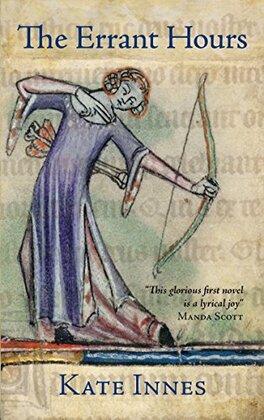
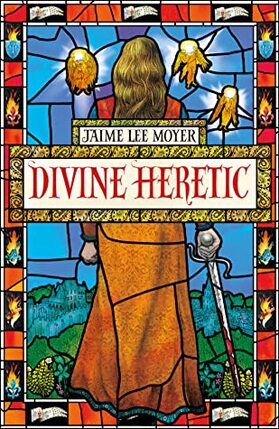
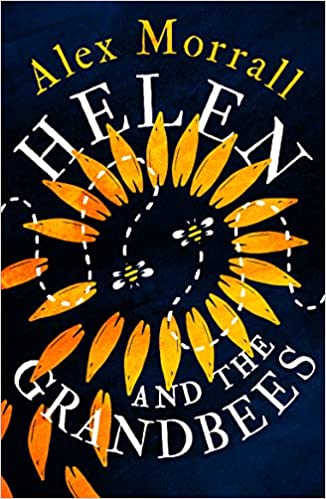
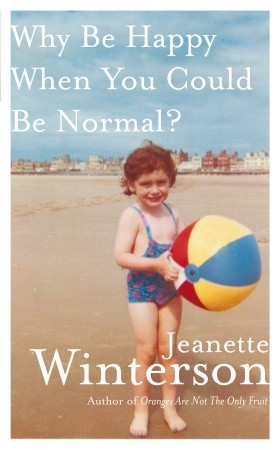
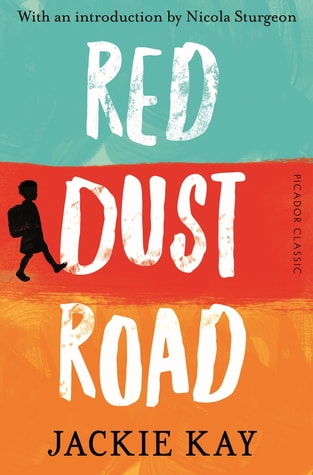
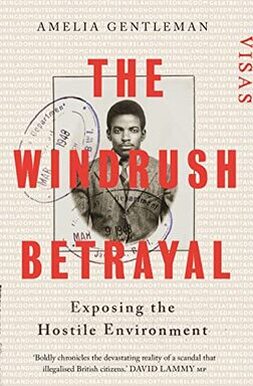
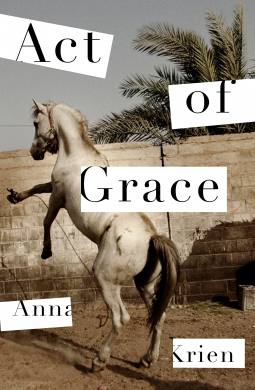
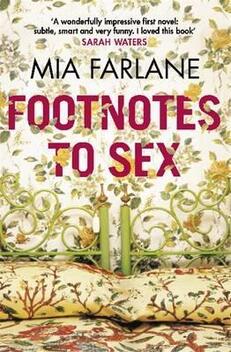
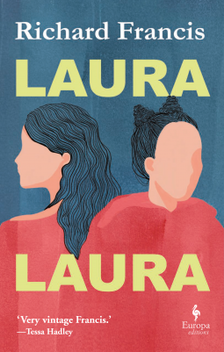
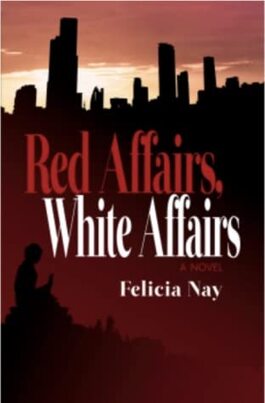
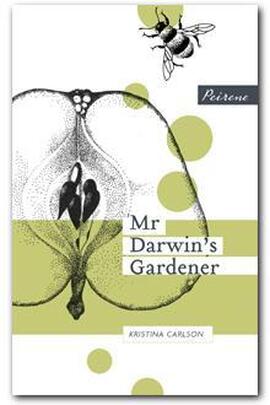
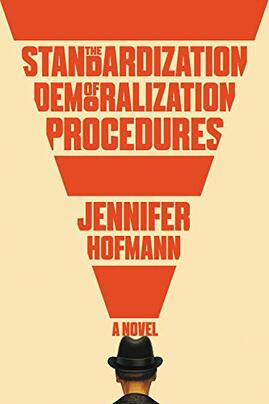
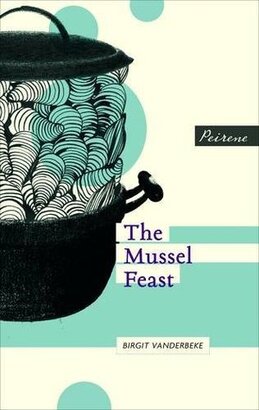
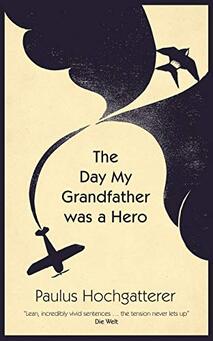
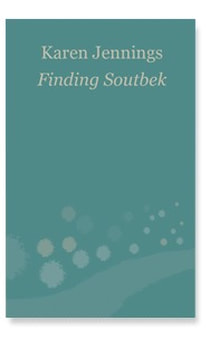
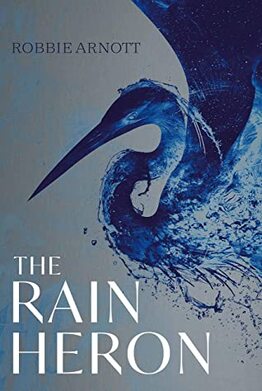
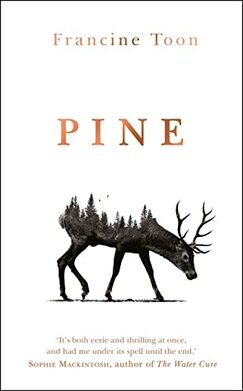
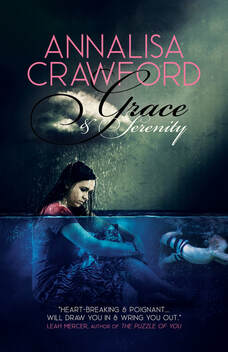
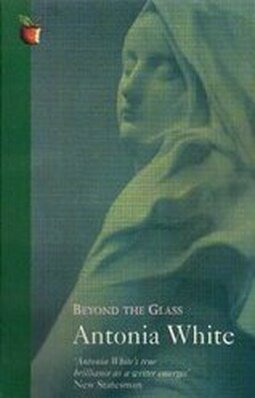
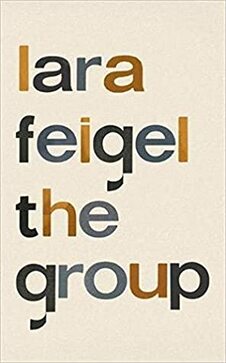
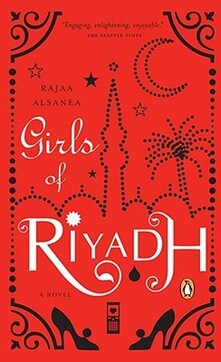
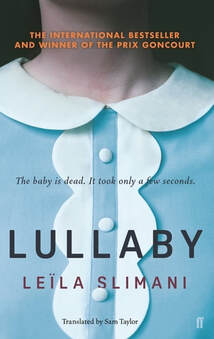
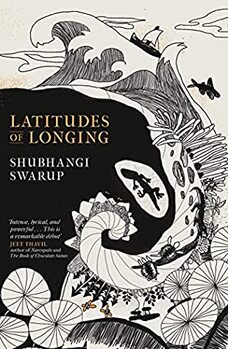
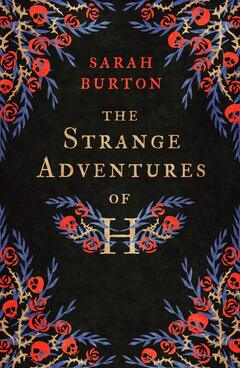
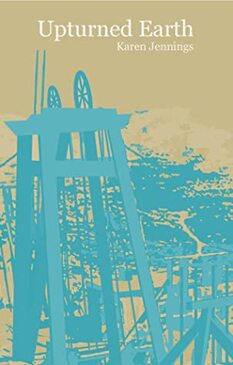
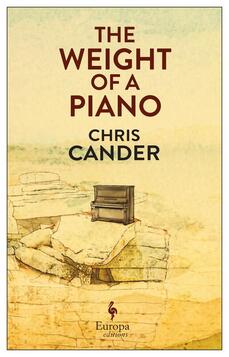
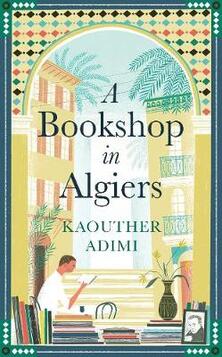
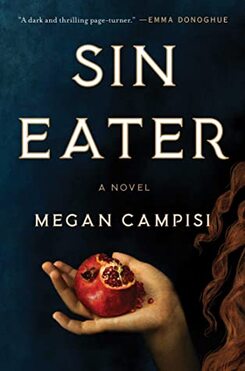
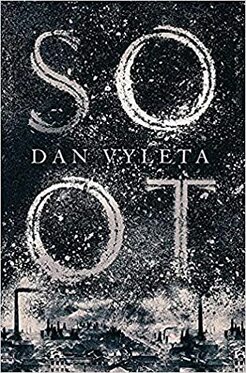
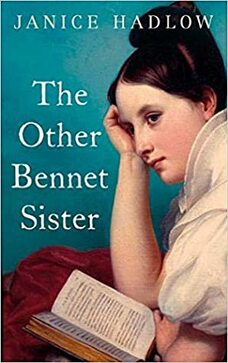
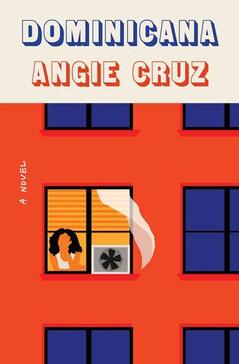
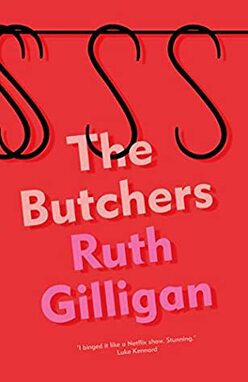
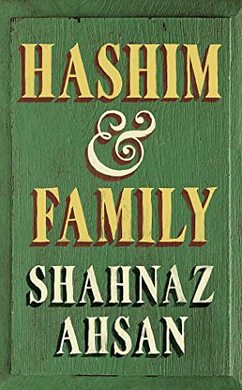
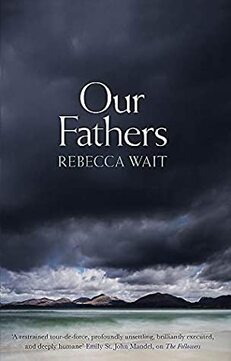
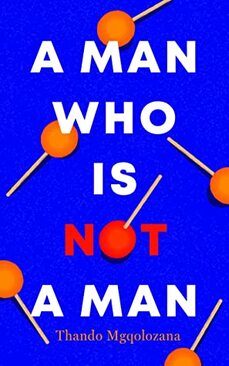
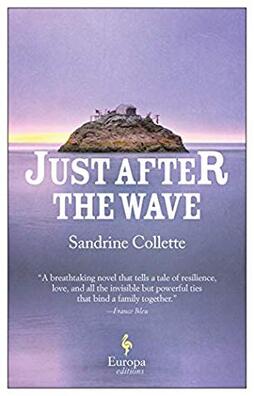
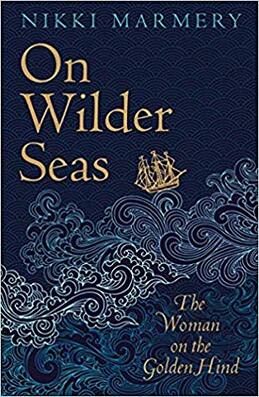
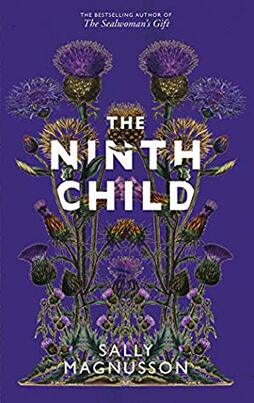
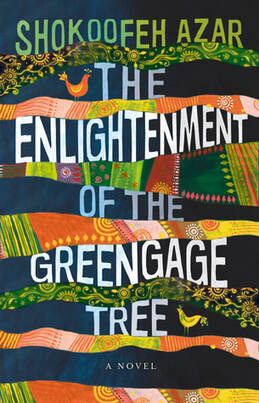
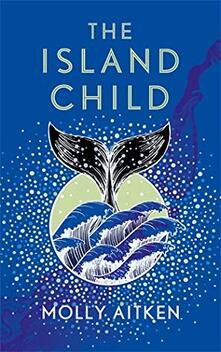
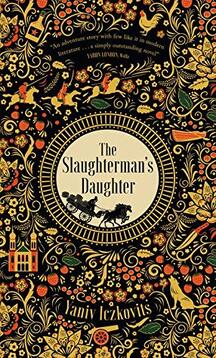
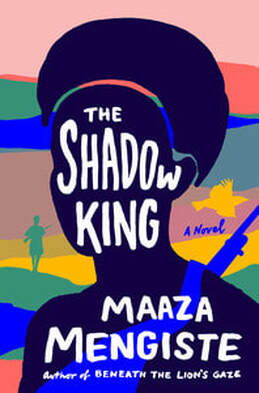
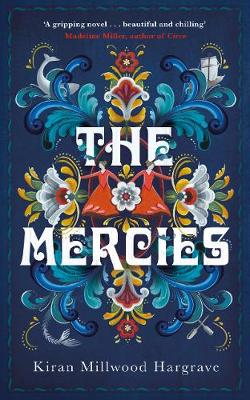
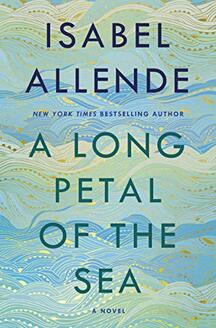
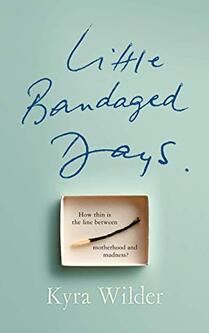

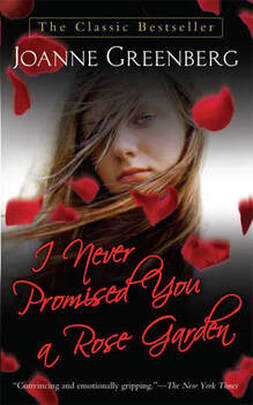
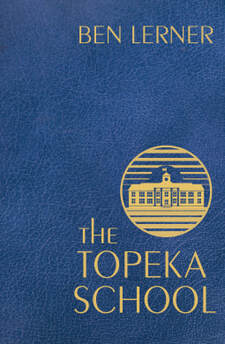
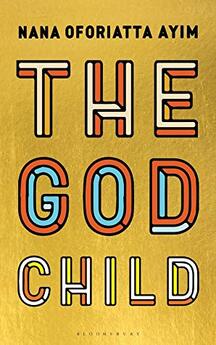
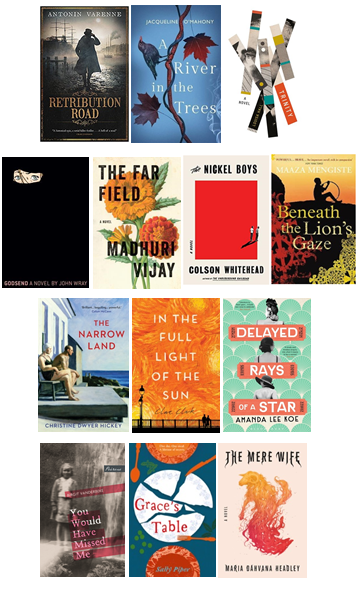
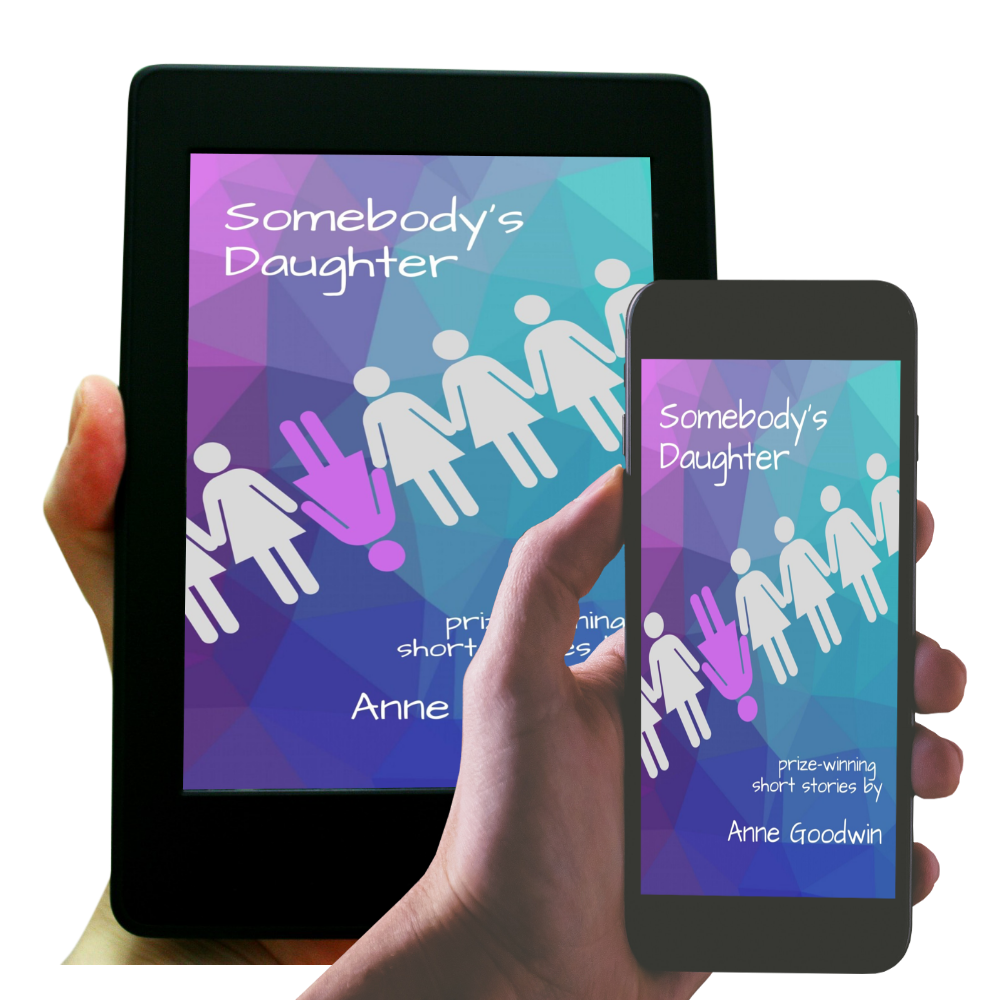
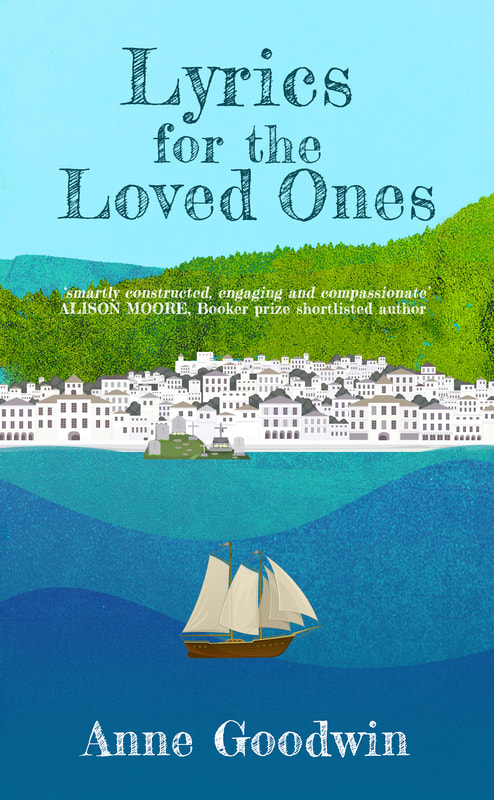
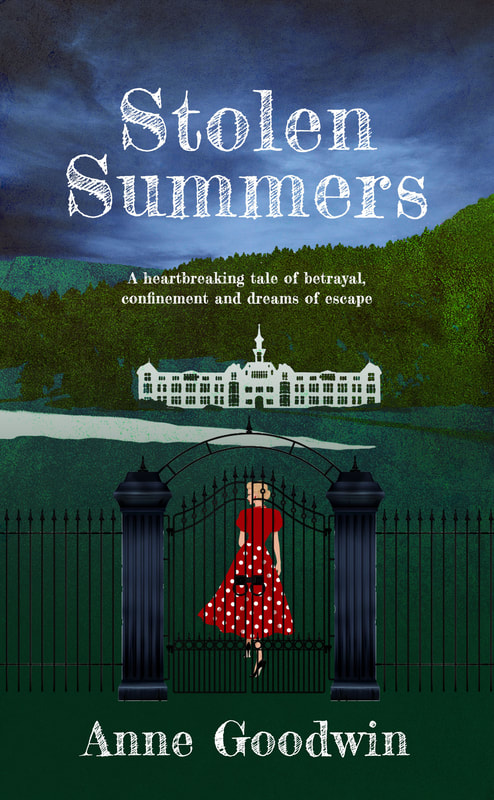


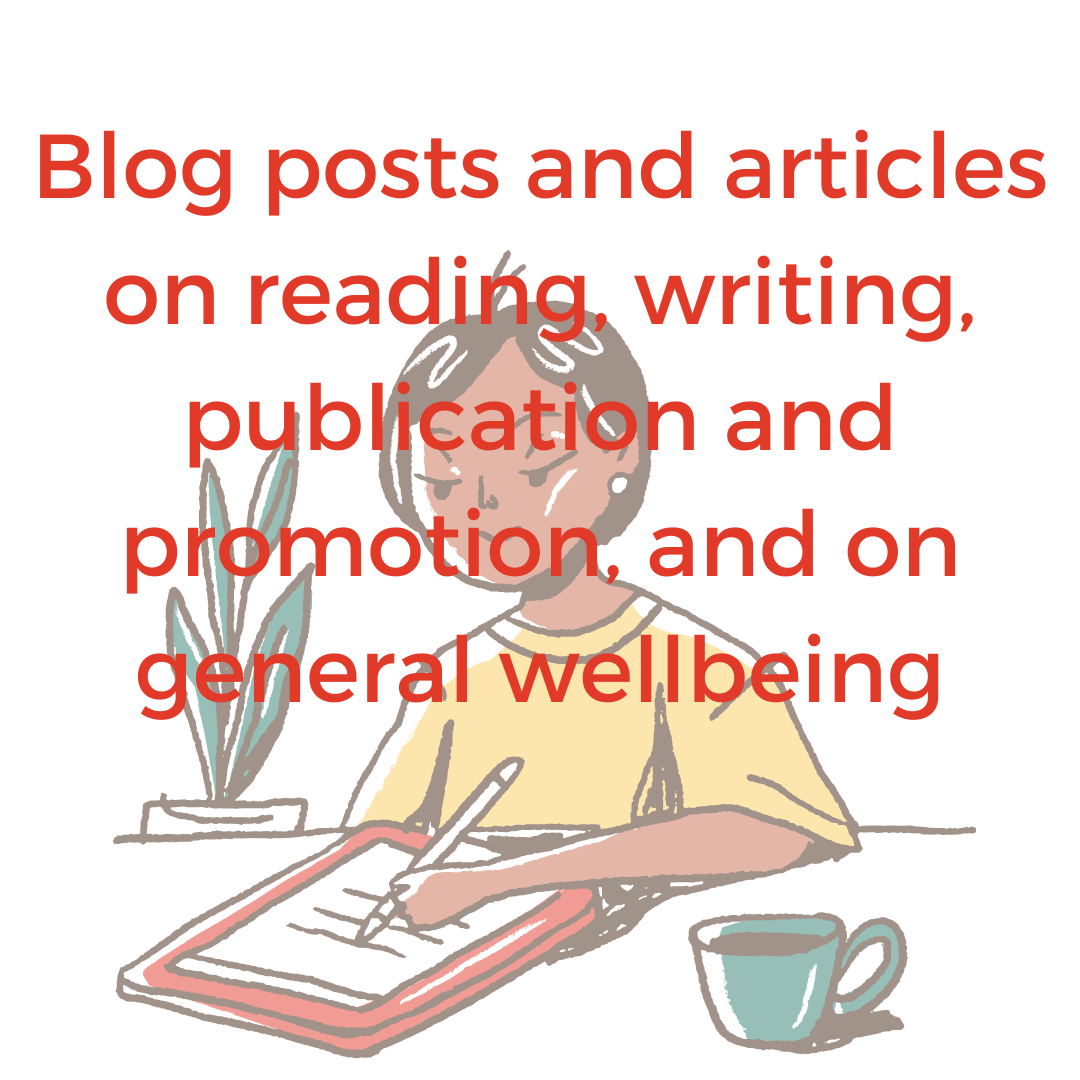
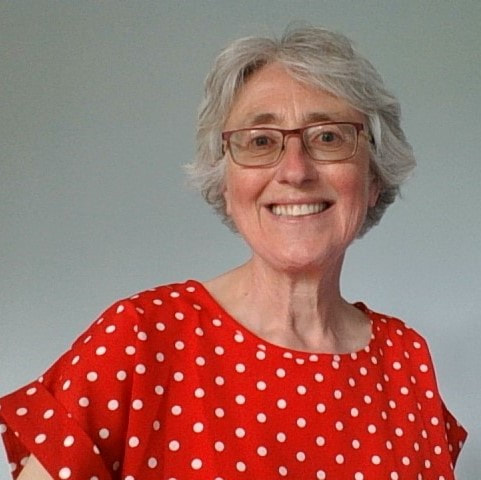
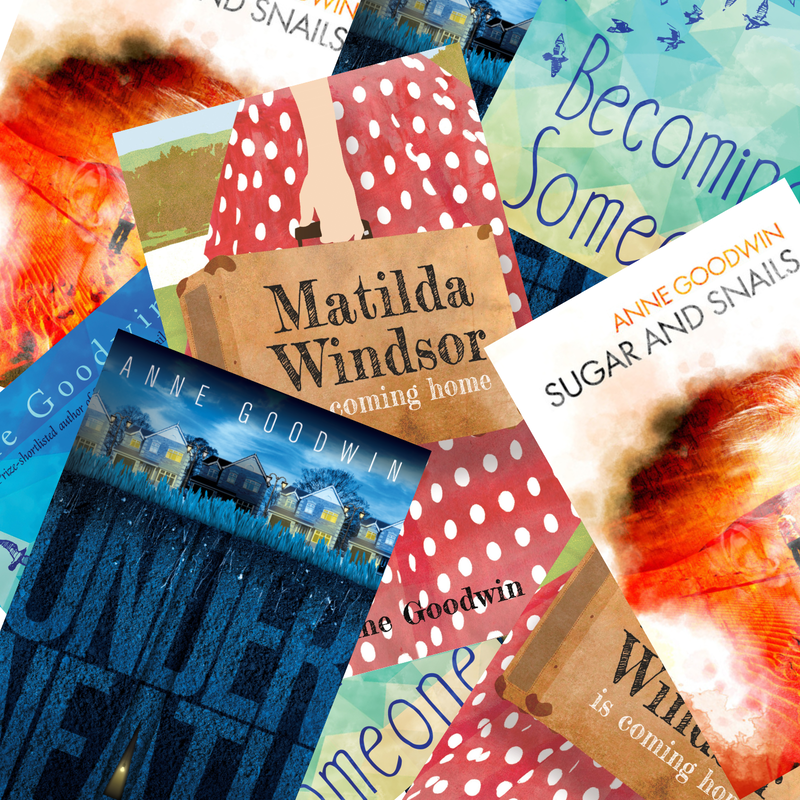
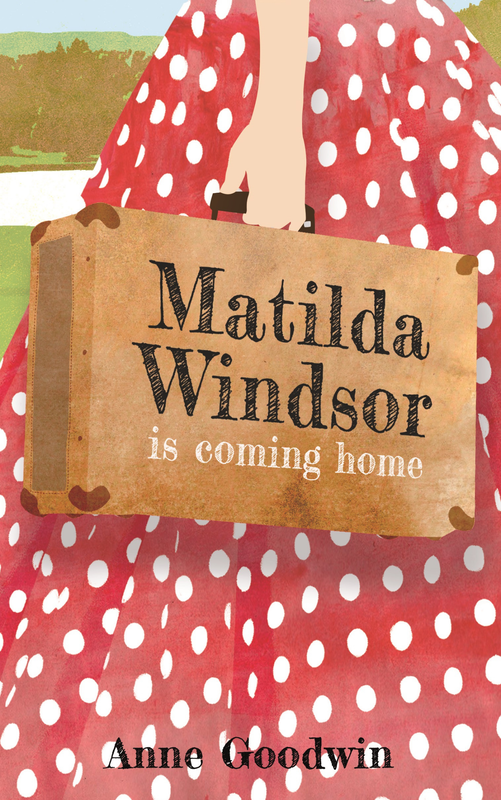
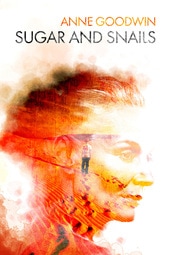

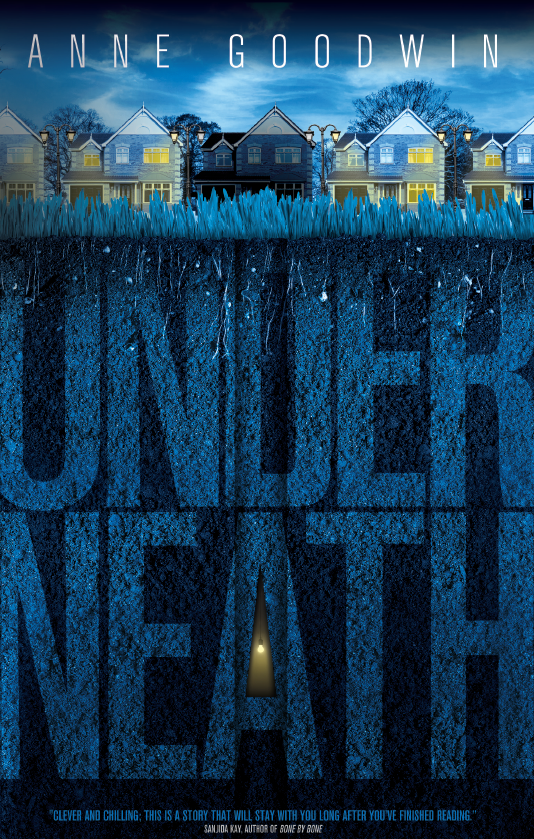
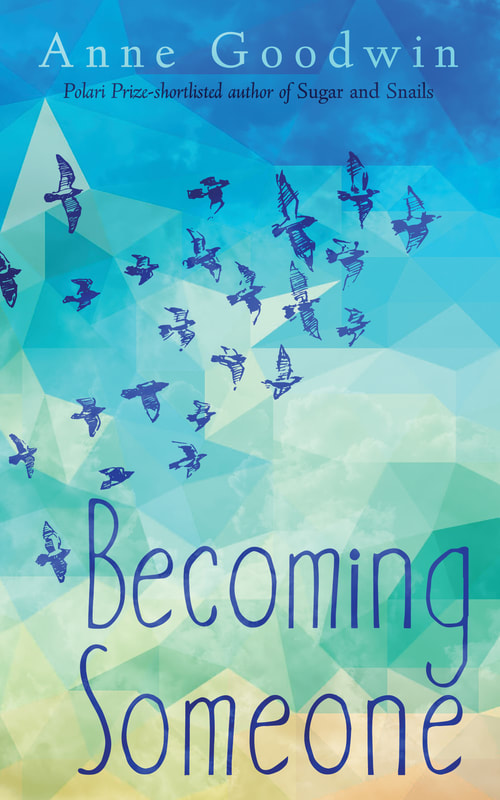






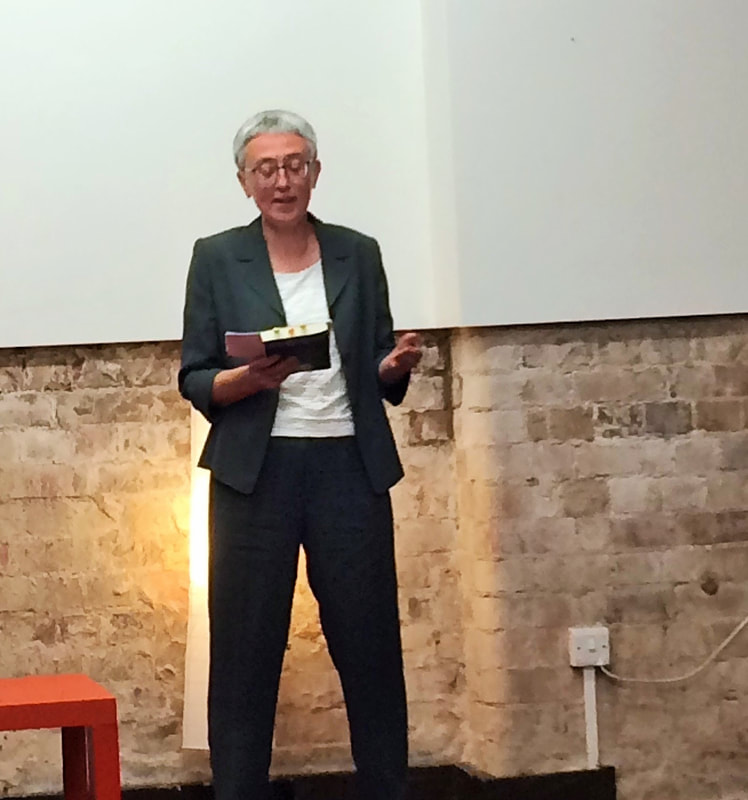

 RSS Feed
RSS Feed

